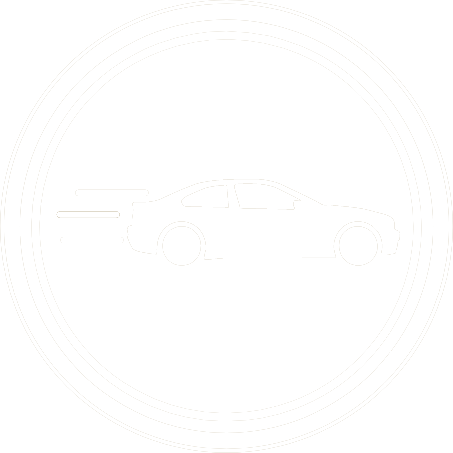Sports cars need to be sleek and have the tapering front end – the perfect wedge shape – whereas SUV’s and offroad vehicles do not because being able to see all the corners is necessary. So, if boxes have to be ticked, Mitsubishi does just that with the Outlander.
Seated in the comfortably imposing driver’s seat, the square outlines are perfectly visible at all times and, because it is a big vehicle, vital to making those undersized shopping centre parking spaces without leaving love taps on the neighbouring automobilia.
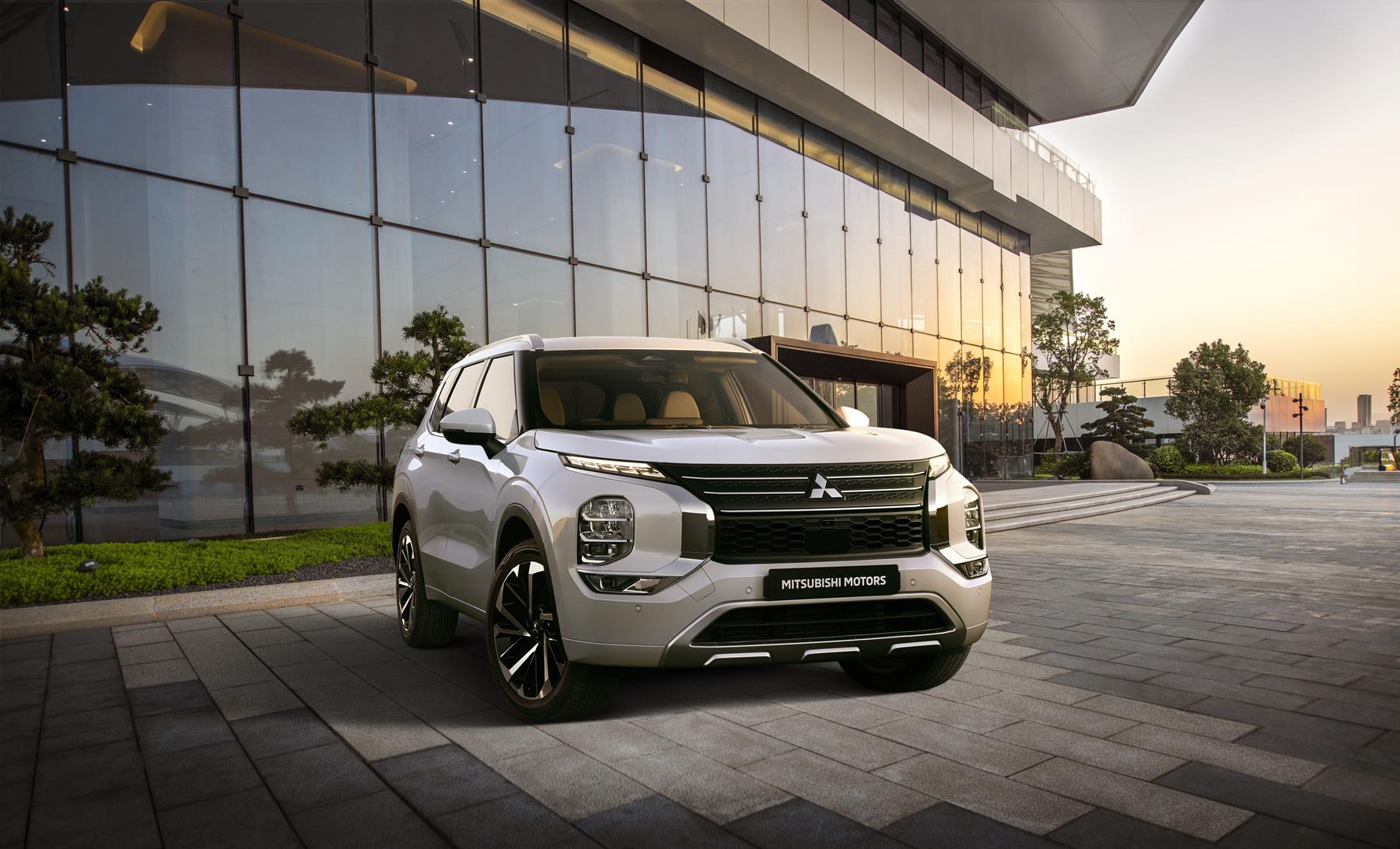 Outlander is an evolution in progress and the current version is built on a new platform designed to allow the fitment of hybrid engines as well as the 2,5-litre petrol version in the locally marketed GLS and Aspire variants – the latter being the subject of this review.
Outlander is an evolution in progress and the current version is built on a new platform designed to allow the fitment of hybrid engines as well as the 2,5-litre petrol version in the locally marketed GLS and Aspire variants – the latter being the subject of this review.
Bolder and Chunkier
Compared to its predecessor, the current version is chunkier, bolder and is defined by thick, horizontal proportions which, along with jet tail fin pillars inspired by the vertical tail of aeroplanes.
The front is accentuated by LED front fog lamps, LED sequential turn signals and daytime running lights as well as a front skid plate. This theme is continued at the rear with a similar skid plate, rear spoiler and LED high-mounted brake light.
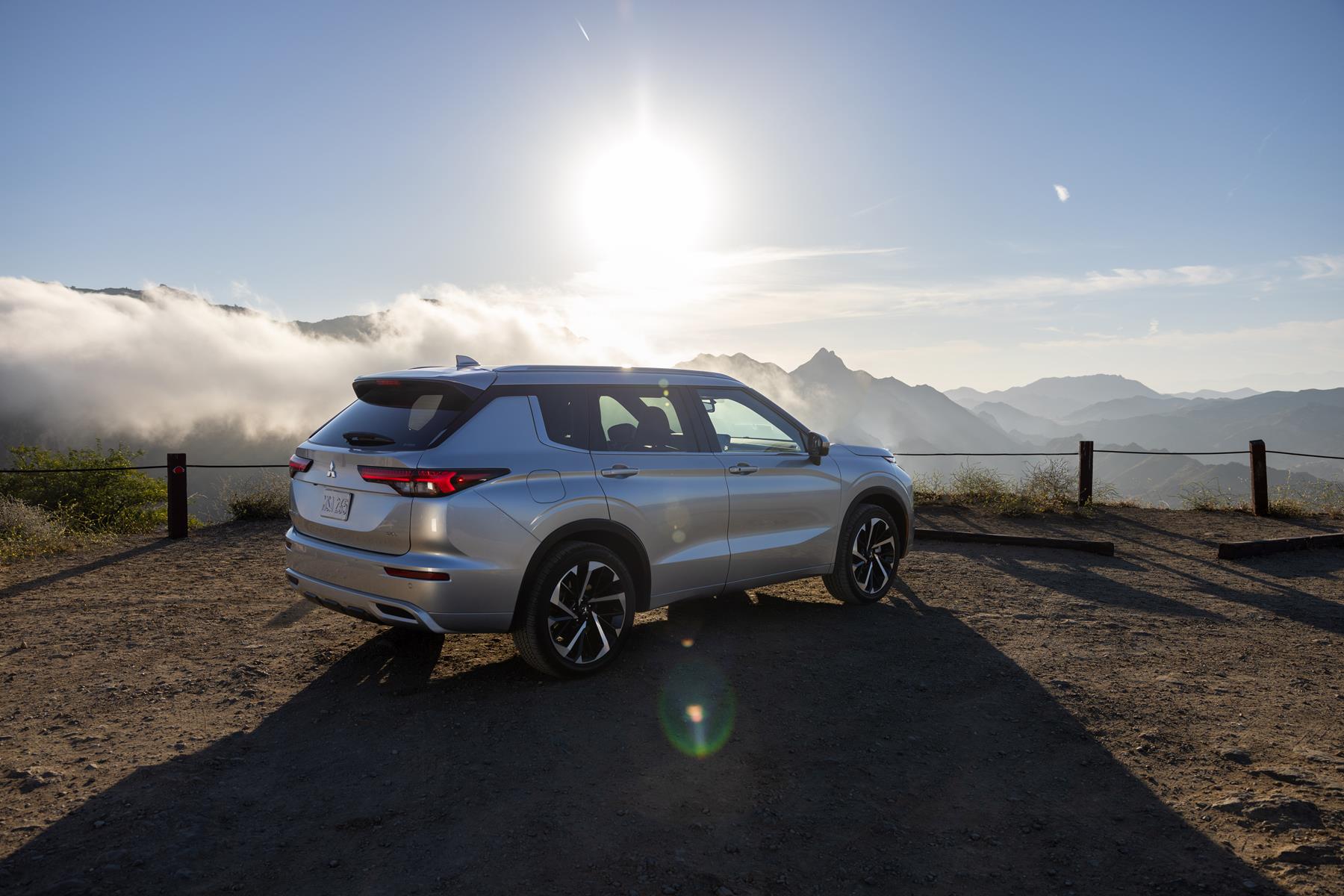 The latest generation 2,5-litre Duel VVT DOHC engine fitted to the Outlander has direct-Injection to generate 135 kW at 6 000 r/min and 245 Nm at 3 600 r/min, driving through a simulated eight-speed CVT transmission.
The latest generation 2,5-litre Duel VVT DOHC engine fitted to the Outlander has direct-Injection to generate 135 kW at 6 000 r/min and 245 Nm at 3 600 r/min, driving through a simulated eight-speed CVT transmission.
This is one of the least irritating CVT gearboxes I have experienced and, mercifully, it does find the right ratio at the right time and quickly – without that horrible whining that often accompanies a CVT hunting for a gear.
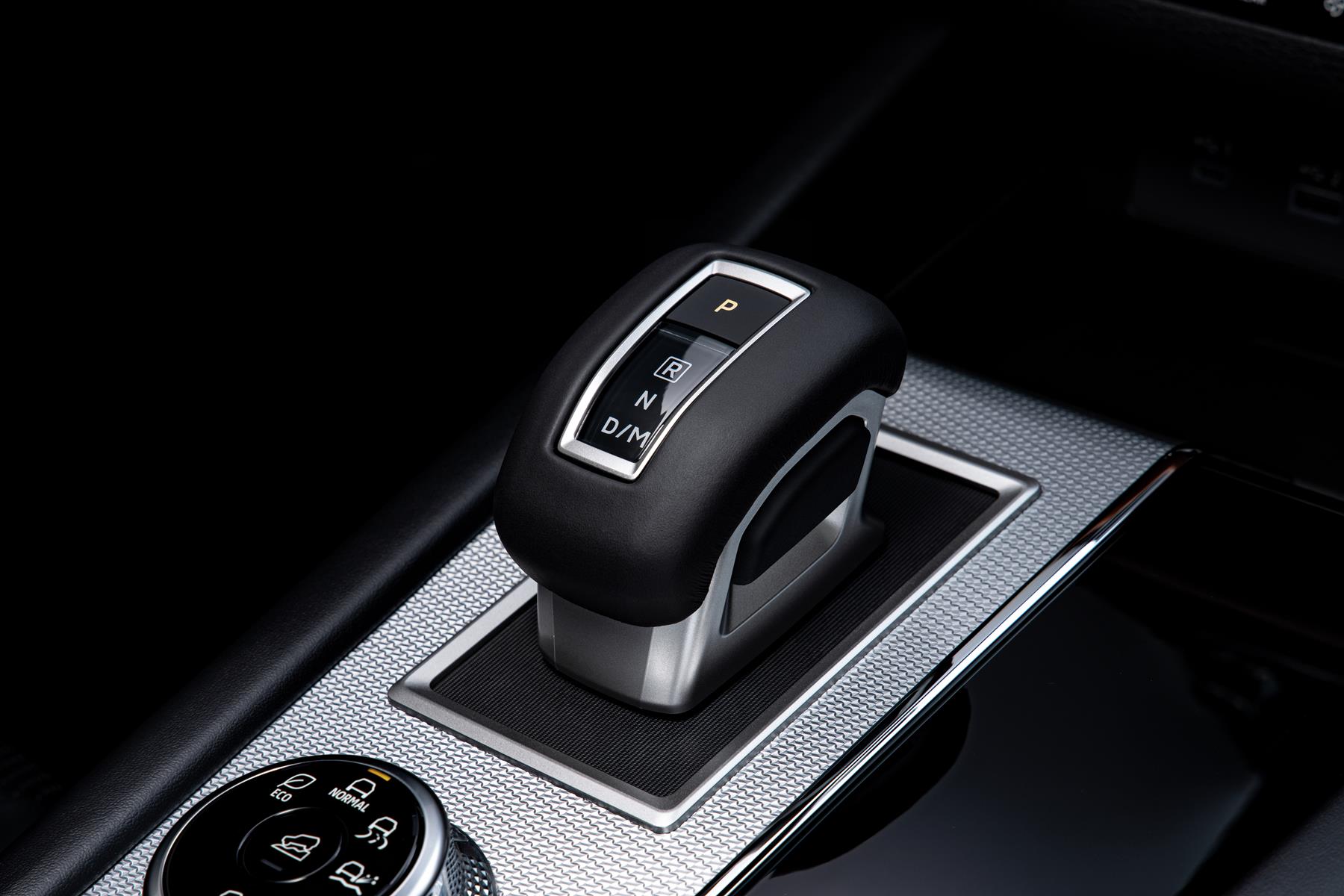 There are options to tailor the transmission to the occasion with Eco, Normal, Tarmac, Gravel, Snow and Mud drive modes that alter parameters including throttle sensitivity, shift patterns and the AWD system.
There are options to tailor the transmission to the occasion with Eco, Normal, Tarmac, Gravel, Snow and Mud drive modes that alter parameters including throttle sensitivity, shift patterns and the AWD system.
Good Ground Clearance
The Outlander has 210 mm of ground clearance and Super All-Wheel Control (S-AWC) that uses sensors to maximise vehicle control, distributing power to all four wheels. The system also works seamlessly with Active Yaw Control, which controls the braking and distribution of torque between left and right wheels for enhanced safety and traction in tricky driving conditions.
The Outlander can deal with fairly tough road conditions but it is not a full-blown 4x4, so some care has to be taken when venturing off the tarmac.
However, it matters little how rough the road it outside as the cabin is plushly appointed with soft-touch surfaces and premium materials. Features such as quilted leather door inserts, a black headliner and pillars as well as a leather-wrapped four-spoke steering wheel that is tilt and telescopically adjustable make it an invitingly comfortable place to be.
There is a 12,3-inch Digital Driver Display which is flanked by a nine-inch Smartphone-Link Display Audio display with navigation incorporating Apple CarPlay and Android Auto smartphone mirroring functionality. A six-speaker sound system and three-zone automatic climate control complete the comfort feel.
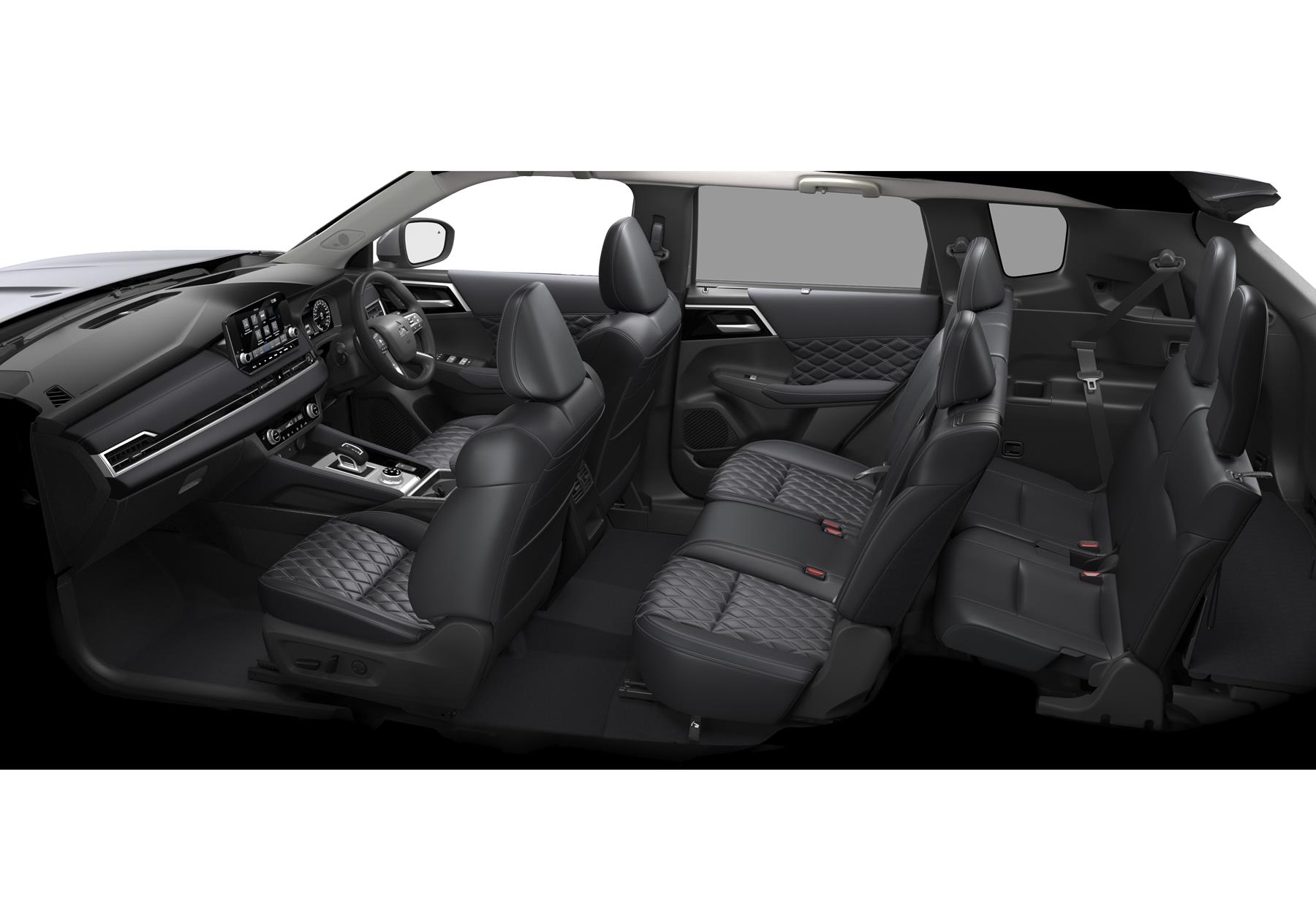
The interior layout offers multiple configurations for any and every loading need thanks to 60/40 split rear seats with a flat-folding function via a one-touch folding lever and flat-folding rear seats.
Strong on Features
Pricewise, at R759 995, it is in the same playpen as the Honda CR-V 1.5T Executive, Hyundai Tucson 2.0D Elite and Mazda CX-5 2.2DE AWD Akera and the specification differences are relatively minor – the Outlander has seven crash bags where the others have six but it does not have lane change assist offered by the Hyundai and Mazda.
Adaptive cruise control is also not on the list (only on the Hyundai) and at its price point, perhaps should be included.
What it might lack in terms of some luxury items, it more than makes for with a ride that is comfortable on pretty much any surface and a sure-footed approach to the twisty bits. It feels solid – a bit like a rugby prop forward with the fleet of foot ability of a scumhalf.
On the test route, including a fair bit of gravel, overall average fuel consumption came out at 9,2 l/100 km but when keeping to the black stuff it came down into the high 8’s and could probably be teased lower by less of a leadfoot driver.
The Outlander makes an ideal travel companion for long-haul journeys that take you far from the madding crowd.
Colin Windell – proudly CHANGECARS








